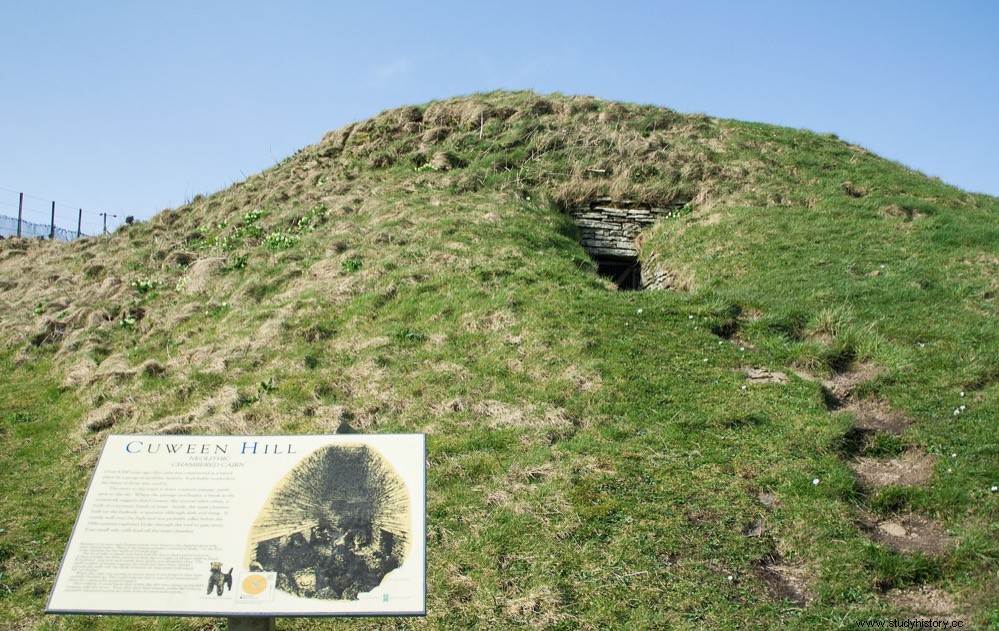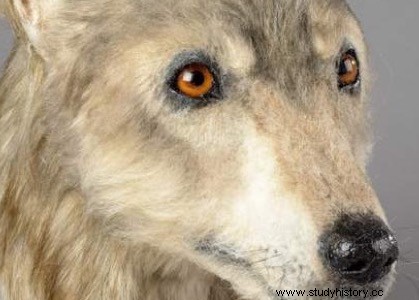Forensic artist Amy Thornton used 3D prints of a CT scan of a dog's skull found in a Neolithic tomb in the Orkney Islands north of Scotland to create a reconstruction of its head with muscles, skin and hair.
Radiocarbon dating of the dog's bones found at the Cuween locality show that the canid was placed in the burial chamber some 500 years after the tomb was built, suggesting that its burial was part of a ritual.
According to Steve Farrar, manager of Historic Environment Scotland , who commissioned the project, just like dogs today were highly valued pets, and as early as Neolithic times they were kept and trained as guardians or by farmers to help or care for sheep. But the remains found on Cuween Hill suggest that the dogs had special significance to those who lived around and used the tomb some 4,500 years ago.

Farrar speculates whether perhaps dogs were their totem symbol or they considered themselves dog people . In any case, it is the first attempt to reconstruct a dog from that time.
Cuween's dog was about the size of a large collie, and had features similar to those of a European gray wolf. The researchers believe that it may reveal information about the ceremonial practices and symbolic meaning of dogs in the Orkney Islands in the Late Neolithic, as well as about the appearance of domestic dogs in the 3rd millennium BC.

The Cuween Hill Tomb, dated between 3000 and 2400 BC. It is a clear example of a Neolithic chamber burial. It has four cells that open from a central chamber that is accessed by a passageway.
In it, 24 dog skull bones were found when the site was excavated in 1901, as well as remains belonging to eight human beings.
